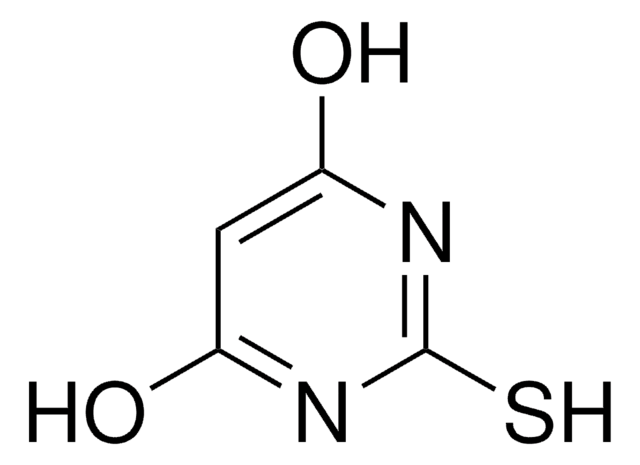404888
1-Methyl-2-phenylindole
99%
Synonyme(s) :
NSC 63793
About This Item
Produits recommandés
Niveau de qualité
Essai
99%
Pf
98-100 °C (lit.)
Groupe fonctionnel
phenyl
Chaîne SMILES
Cn1c(cc2ccccc12)-c3ccccc3
InChI
1S/C15H13N/c1-16-14-10-6-5-9-13(14)11-15(16)12-7-3-2-4-8-12/h2-11H,1H3
Clé InChI
SFWZZSXCWQTORH-UHFFFAOYSA-N
Vous recherchez des produits similaires ? Visite Guide de comparaison des produits
Description générale
Application
- The estimation of lipid peroxidation in third instar larvae of transgenic Drosophila melanogaster (hsp70-lacZ)Bg.
- As chromogenic agent for the determination of estimation of malondialdehyde (MDA) production.
- Colorimetric assay of lipid peroxidation.
- Synthesis of 1-methyl-2-phenyl-3-(1,3,4-thiadiazol-2-yldiazenyl)-1H-indole.
- Synthesis of 3-(5-ethyl-1,3,4-thiadiazol-2-yldiazenyl)-1-methyl-2-phenyl-1H-indole.
- Cyano indoles
- Difluorohydroxy indoles
Reactant for:
- Carboxylation of indoles
- Allylation of indoles
- Formylation of indoles
- Nitrosylation of indoles
Mention d'avertissement
Warning
Mentions de danger
Conseils de prudence
Classification des risques
Eye Irrit. 2 - Skin Irrit. 2 - STOT SE 3
Organes cibles
Respiratory system
Code de la classe de stockage
11 - Combustible Solids
Classe de danger pour l'eau (WGK)
WGK 3
Point d'éclair (°F)
Not applicable
Point d'éclair (°C)
Not applicable
Faites votre choix parmi les versions les plus récentes :
Déjà en possession de ce produit ?
Retrouvez la documentation relative aux produits que vous avez récemment achetés dans la Bibliothèque de documents.
Les clients ont également consulté
Notre équipe de scientifiques dispose d'une expérience dans tous les secteurs de la recherche, notamment en sciences de la vie, science des matériaux, synthèse chimique, chromatographie, analyse et dans de nombreux autres domaines..
Contacter notre Service technique










